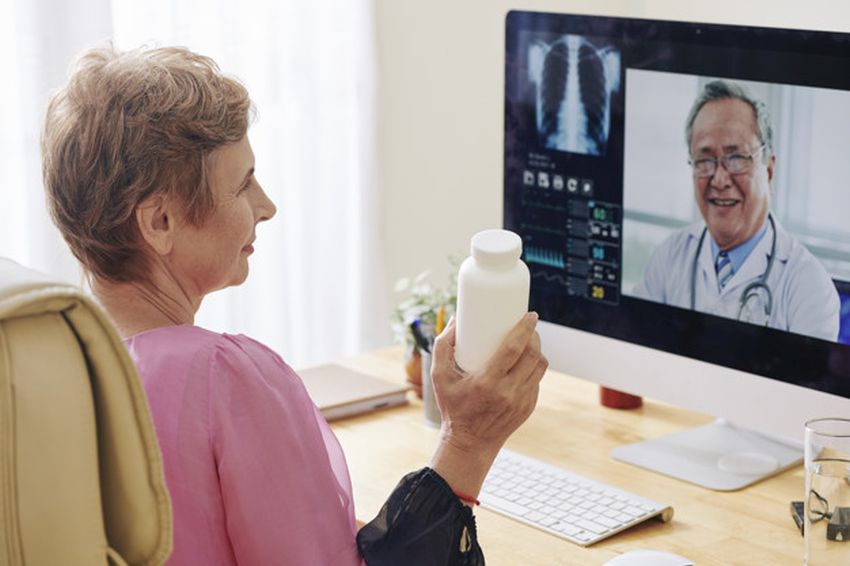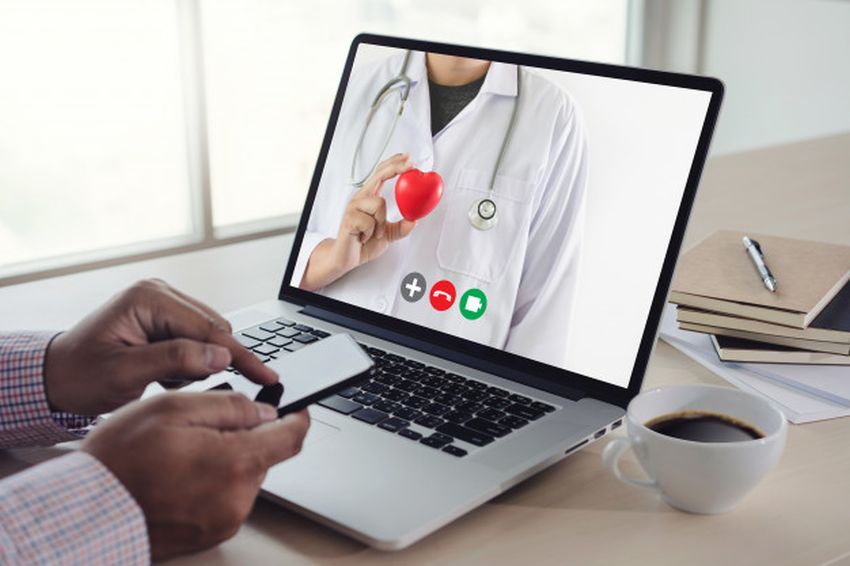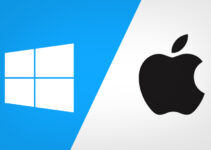We can say health care has been redefined with the advent of telemedicine. Of course, this is primarily due to the provision of remote service. In that case, the patient does not have to depend on the physical presence, and modern technology has made all this possible. These are many tools without which the provision of this service would not be possible. During COVID-19 pandemic, the demand for telemedicine increased further. Telecommunication and information technologies have helped to provide many medical services regardless of the geographical location.
So, telemedicine is a really great way to transfer medical data from one place to another. In this way, we can view it as the crown of existing medical information systems. It is important to note that telemedicine is a process, not a technology. Technology is exactly what has revolutionized this process. If you want to learn even more about the ways telemedicine redefines healthcare, keep reading and find out in the rest of the text.

img source: freepik.com
-
Control of chronic diseases using technology
Telemedicine has used technology to fill a lot of empty markets when it comes to health. Thus, statistical data show that chronic diseases are responsible for using the full potential of telemedicine. We will all agree that chronic diseases are a big problem today, but they are also far easier to control than in the past. Of course, the success of the control mostly depends on the consultation between the doctor and the patient. For that reason, patients often have to go to the doctor, but in reality it is less than their diseases require.
The system simply cannot allow daily visits and examinations, because it is not physically possible. However, telemedicine has brought great benefits to both parties. The revolution that took place with the advent of telemedicine brought a more efficient approach. In this way, patients have the opportunity to communicate with healthcare professionals whenever they need it. Also, health care is able to provide a quick response and react when needed, controls are more frequent and easier to carry out. The patient’s condition can be checked on a daily basis without frequent visits. We are talking about a win-win situation.
-
Moving treatment from the hospital environment to the home environment
The doctor’s office is not the only place in the hospital that is constantly occupied. Depending on the patient population, hospitalization is a daily occurrence in hospitals. However, many of them are not really in such a bad condition to use the same resources as patients with poorer health. However, there are many factors that contribute to the differences between patients. Telemedicine has enabled the situation in hospitals to drastically change for the better. Thus, the hospital model experienced a rise by enabling the monitoring of the patient’s condition and his treatment at home.
This applies to patients with chronic diseases, pneumonia and so on. Research shows that the rise of the hospital is also reflected in the reduction of costs, the rate of delirium and the shortening of the treatment period.

img source: freepik.com
-
Virtual visits
Of course, any treatment involves a visit by a doctor. In a hospital setting, this is a routine that depends on the patient’s condition. Each doctor will make an expert assessment that will not jeopardize the patient’s recovery, but it would be best if each patient was under control 24/7. However, this is not possible because time must be spent economically. So, every patient deserves equal attention and doctors allocate their time as much as possible in their interest. Virtual visits have improved this segment of work and telemedicine has significantly increased the number of visits.
That’s great news for all healthcare professionals and patients. It is predicted that this number will be even higher in the next few years.
-
Patient safety
No matter what the reason for visiting doctors, people run the risk of contracting many other diseases in a hospital environment. Thus, individuals can have different types of viruses and other infections. When it comes to telemedicine, safety is guaranteed. That is why it became a necessity during pandemics, because people are kept safe. This means that people are far less likely to become infected with COVID-19 if they are not at the place where sick people gather.
This is also a great advantage for hospital employees who will be exposed to a smaller number of infected people. That way, they will be able to deal with some other problems, such as ear infections, rashes or something similar. Some people are worried about the security of their sensitive medical data, so if you are one of them visit healthcareweekly.com and read more about telemedicine and cyber security.

img source: freepik.com
-
Raising awareness about health care
According to healthcare development services, telemedicine has also provided better prevention when it comes to disseminating useful information for health care purposes. In this way, people’s consciousness is strengthened and they become more responsible towards themselves and others. Research shows that this has a really good effect on people during a pandemic.
So communication is very instructive in this case. We will all agree that mental health should be given equal attention. Then virtual counseling is a great thing. People generally need help to cope with some emotional problems, spending at work or something else. There is no better help than an expert who can allay all their fears and provide them with support.
-
Large number of consultations
This process is very popular and its use is increasing. This means that his influence is really huge and that is shown by the number of consultations that jumped sharply. People are more than ever scheduling interviews with employees working in healthcare facilities.
There are a number of ways in which patients come to their answers. For example, a lot of people use an app that allows them to get care as quickly as possible. On the other hand, you can always dial your doctor’s phone number, schedule a video consultation or something else. In any case, there are a lot of services that you can use, which means that the scope of telemedicine is really large. During the pandemic, people were tested at home and received delivery with prescriptions, which is also part of telemedicine services.

img source: freepik.com
Conclusion
Telemedicine has really made life and the functioning of the entire health system easier. The new digital health discipline has provided excellent services and enabled a variety of approaches. The goal of all this is better health care and better outcomes for patients. Of course, this area continues to develop. So, this shift in medicine represents a revolution if we look back at what it was before. However, prepare for even greater success as telemedicine is advancing at an incredible rate.



